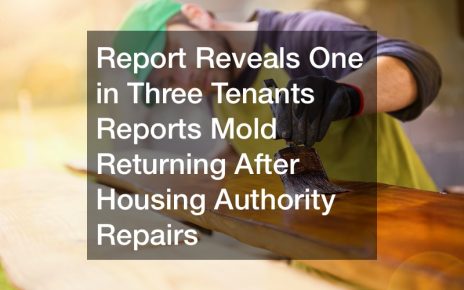
The Association of the Nonwoven Fabrics Industry, known as INDA, is fighting back after a number of cities — New York being one of the most prominent — have blamed baby wipes labeled as “flushable” for wreaking havoc on public sewers.
Earlier this year, the Department of Environmental Protection started finding unwelcome items in New York’s sewers (no, not alligators).
“In the past we’d pull things out, normal stuff that you’d see in the street, litter like a tin can, a plastic bottle,” Vinny Sapienza, Deputy Commissioner of DEP, told the local ABC affiliate. “[Now] more than 90% of what we get now is baby wipes.”
These wipes cause clogs, and can even dry up and stick to sanitation equipment.
They’re a hassle for sanitation workers to get rid of. But perhaps more importantly, they cost NYC taxpayers about $3 million per year to remove.
Sapienza explained at the time that no wipes actually break down like toilet paper does, and that the term “flushable” had been created by the wipe industry without input from sanitation officials.
But Dave Rousse, the president of INDA, penned a new defense of his industry Aug. 11, citing studies in which flushable wipes accounted for only 8% of blockage debris. Furthermore, he contended, that accumulation only occurred in blockages first started by other debris. INDA also maintains that the problem comes from consumers flushing wipes that are not meant to be flushed, rather than the small percentage of wipes that are marketed as being flushable.
Consumer education, according to Rousse, is the most important aspect of preventing blockages.
“We believe consumers will make the right choice when they know what the right choice is,” Rousse wrote. “Our industry has accepted the responsibility to do more to make the “Do Not Flush” symbol more prominent on packaging, and we are supportive of increased consumer education about what should and should not be flushed.”
To be safe, of course, residents can ensure they’re not contributing to the problem by flushing nothing but toilet paper (and waste, of course) down their toilets. Property owners can also keep an eye on the health of their sewer connections, as sewers 40 years old or older may need to be replaced for optimal functioning.




